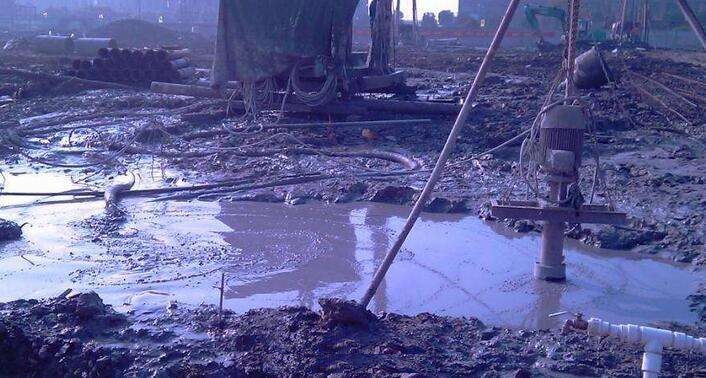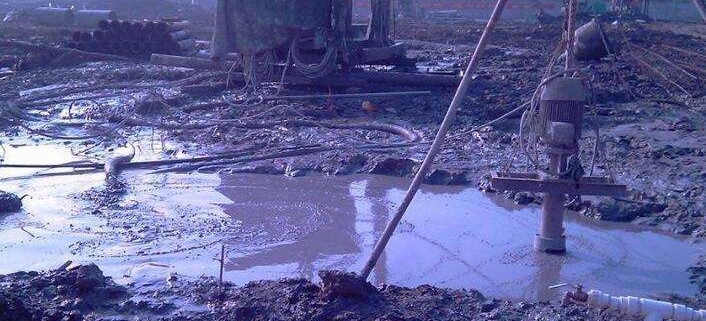In recent years, China’s urbanization has developed at a rapid pace, and the urban population has increased year by year. The resulting urban sewage discharge has been increasing year by year, resulting in an increase in the output of urban sewage sludge. China is an industrial power and is now promoting energy conservation and environmental protection. Under the background, the various drawbacks of the traditional industrial model are becoming more and more obvious. The treatment of industrial wastewater has been paid more and more attention. How to treat industrial sludge with environmental protection and high efficiency is also a difficult problem in China.

Under current technologies and conditions, urban sewage sludge and industrial sludge treatment methods are:
(1) Ocean dumping method
The ocean dumping method is to put the sludge into the sea, and the treatment cost is low, but it will cause a certain degree of damage to the marine ecology. Therefore, this method is gradually prohibited by legislation;
(2) Sludge landfill method
Sludge landfill method is currently the main sludge disposal method in China. The landfill method is to select a suitable location on the periphery of the city to directly deposit the sludge into the landfill. This method is low in cost, but it will lead to unstable soil in the area while occupying a large area of land. The loss of heavy metals will cause the drawbacks of the re-contamination landfill law of the soil and water bodies to become increasingly apparent;
(3) Sludge composting
Sludge composting agricultural use is also called land use method. This method can effectively utilize plant nutrient elements such as N, P, K in sludge, and is a method for recycling sludge. Developed countries in Europe and the United States prefer this method because they produce less industrial sludge and mainly treat domestic sludge. China’s industrial sludge accounts for a large proportion. The industrial sludge contains high heavy metals, which are absorbed by plants and eventually enriched into the human body through the food chain, endangering human health. Other metal salts in the sludge may also destroy the farmland soil, so this method should be used to determine the composition of the sludge;
(4) Sludge building materials utilization method
The sludge building materials utilization method is because the sludge has a high ash content, and its ash can be used as a raw material for bricks, cement, etc., and has considerable mature utilization technology in Europe, America, and Japan, and has already been applied to a large scale.
(5) Sludge incineration method
Sludge incineration is a method of incinerating dried sludge. This method can quickly process sludge and recover heat from the sludge. The incineration treatment can remove pathogenic bacteria, microorganisms and toxic compounds (phenol, etc.) in the sludge. The incinerated ash has the characteristics of small volume and stable nature, so the incineration method can reduce the sludge.
(6) Sludge pyrolysis method
Sludge pyrolysis method refers to the use of high volatile matter in sludge, which is volatilized and analyzed by heating. The precipitated product can be used as fuel to replenish the heat required for pyrolysis. Due to the complex composition of the sludge and the high moisture content, safe, continuous and efficient sludge pyrolysis has become a major highlight of sludge treatment. The use of resources for the solid waste after pyrolysis can also be realized, for example, as a raw material for construction.



